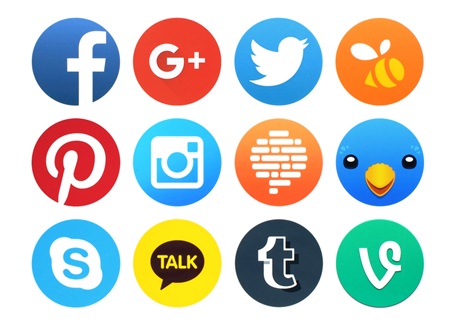When Social Media Intelligence Is Neither Social Nor Intelligent
Over the last several months, my colleagues and I have immersed ourselves in the world of social media intelligence. We have watched countless demos, spoken to customers and surveyed vendors. We’ve found that overall, these social media intelligence vendors have increased their tools’ features and functionality while deepening the type of analysis and information that users can glean from social data.
 So what, exactly, is a social media intelligence solution? Social media intelligence solutions allow organizations to monitor social channels and conversations, respond to social signals and synthesize social data points into meaningful trends and analysis based on the user’s needs. Sounds great, right? It is. These tools are rapidly increasing their power, monitoring millions – and, in some cases, hundreds of millions – social conversations, blogs, communities, news sites and other channels.
So what, exactly, is a social media intelligence solution? Social media intelligence solutions allow organizations to monitor social channels and conversations, respond to social signals and synthesize social data points into meaningful trends and analysis based on the user’s needs. Sounds great, right? It is. These tools are rapidly increasing their power, monitoring millions – and, in some cases, hundreds of millions – social conversations, blogs, communities, news sites and other channels.
The more social media content monitored, the more data provided, which drives the need for more precise intelligence and the filtering out of potentially millions of data points that aren’t relevant to your campaign goals. In turn, vendors have responded by adding more sophisticated automatic filtering and monitoring technology to help users get more value out of social data.
What’s the problem with that? I’ll be the first to say that technology will not solve all your problems. That said, the majority of B2B companies are not leveraging the full capabilities of these tools. Some companies use the most basic packages – or even free versions of the software – which means they have no access to the full collection of features they could benefit from.
Others use their social intelligence tool to monitor only one aspect of a social strategy – customer feedback or sentiment, for instance – but completely ignore the tool’s capacity to do anything else, such as competitive analysis or demand generation. Underutilization of a tool’s functionality or limiting the scope of its use both fall into the “not so intelligent” category.
And how can usage of social media intelligence not be social? When the results and findings from social monitoring remain within – and are only used for the benefit of – the group responsible for social monitoring. For example, let’s say customer service addresses a customer complaint found on social media, but never relays the issue or resolution back to the account executive responsible for the account. This behavior is like being at a party with a ton of interesting things to say, but not talking to anyone – in essence, being anti-social.
Now, let’s say you tell the demand generation team that your company received a lot of likes on Facebook, but you don’t provide any other information or opinions about which of those likes could be converted to leads based on their stage in the buyer’s journey. This behavior is like being at a party and talking to everyone, but not talking about things that interest or benefit them – being socially awkward.
So, be more social and intelligent with your social media intelligence. Utilize the full capabilities of the tool, broaden your scope beyond your immediate needs, socialize your findings, and make sure you have pertinent recommendations that help drive business value.
How are you monitoring your social media activity and what are you doing with the intelligence? We’d love to hear from you.